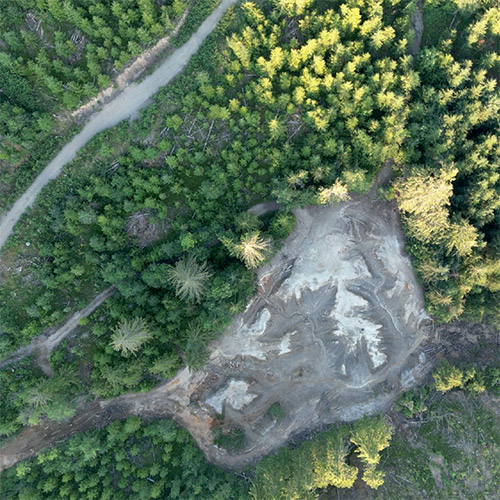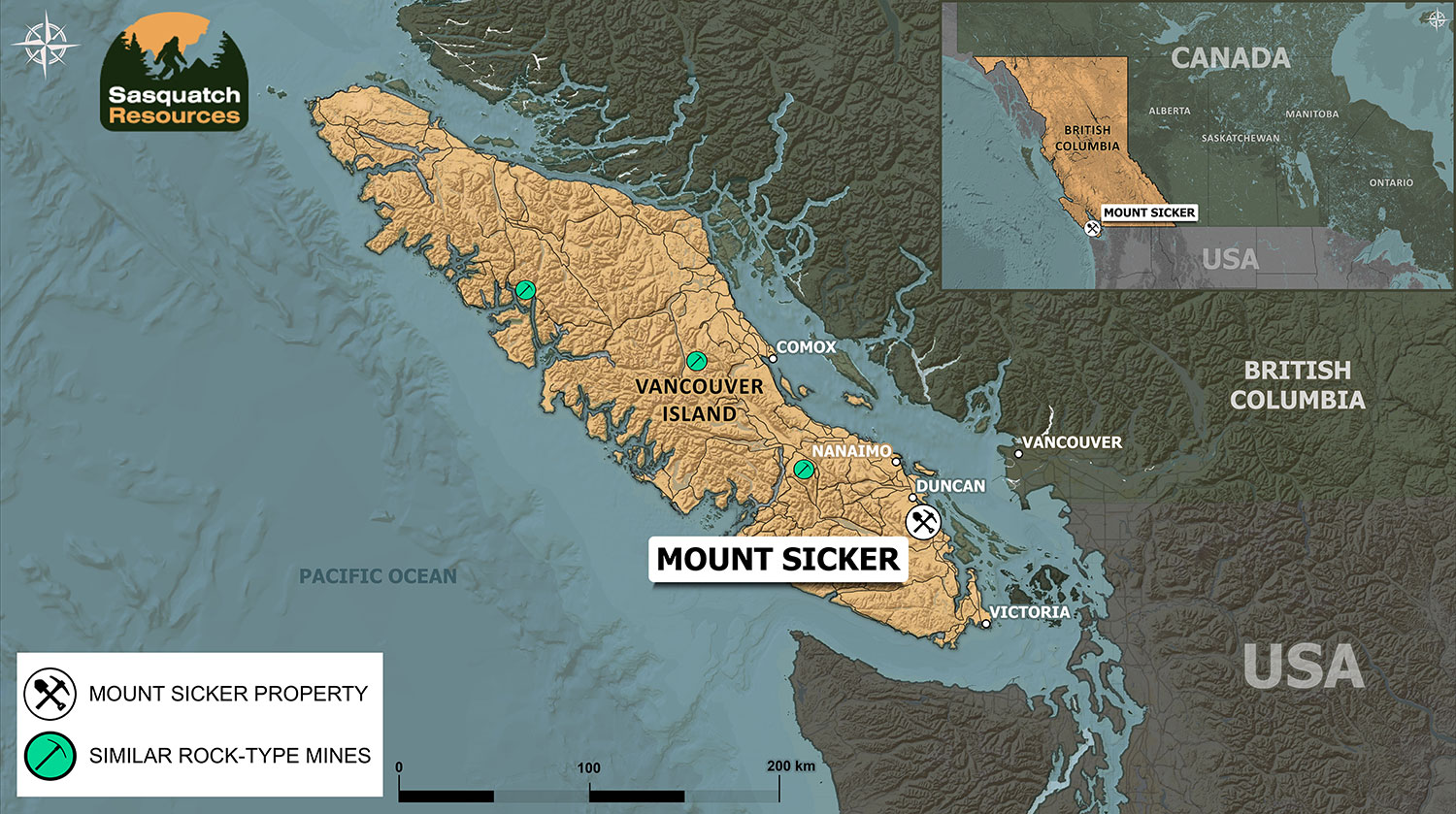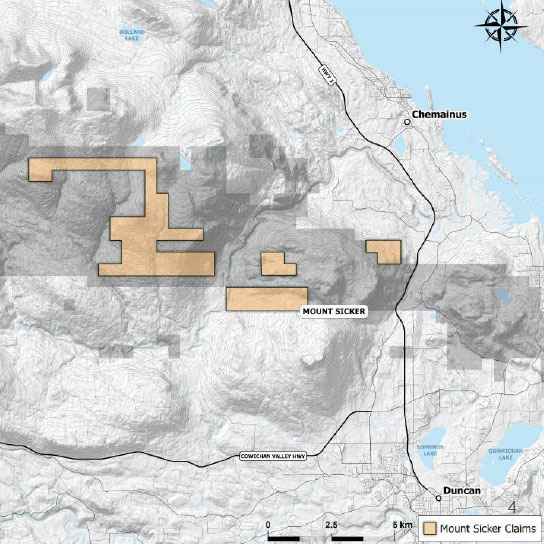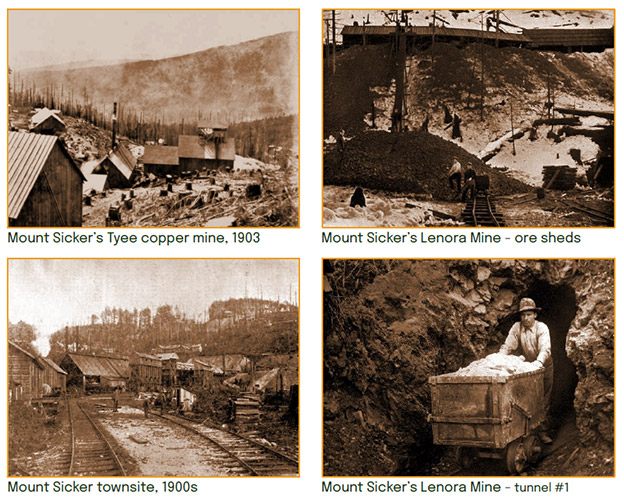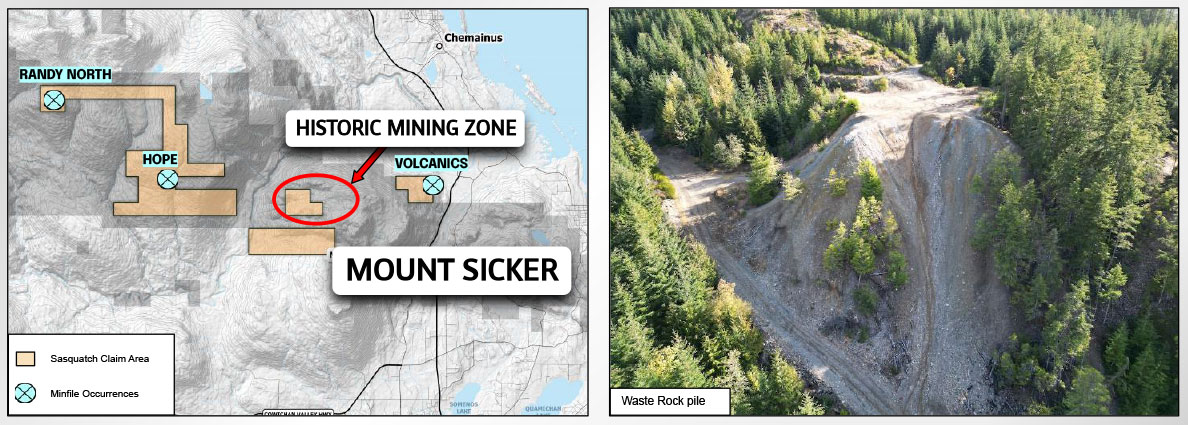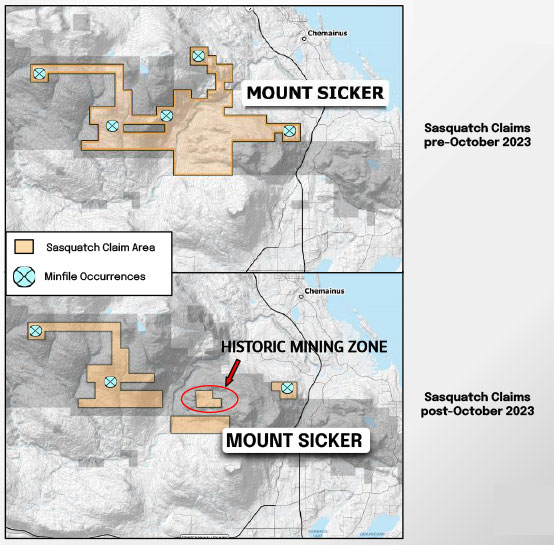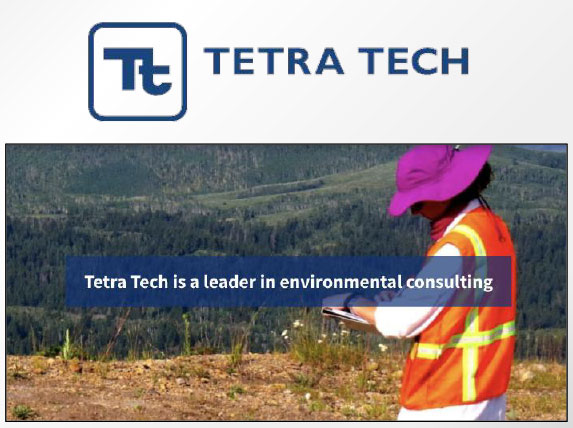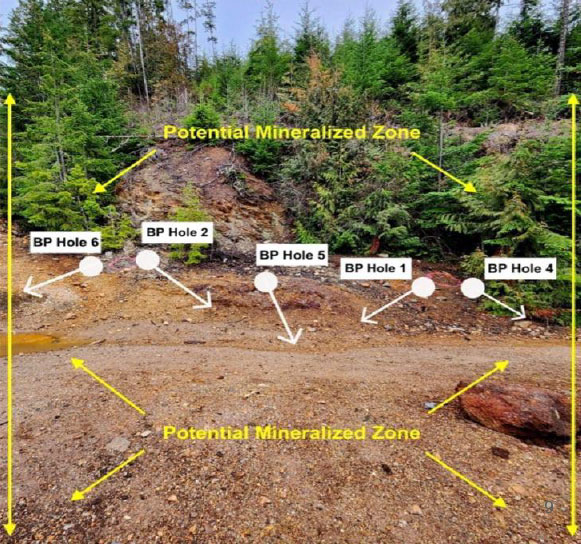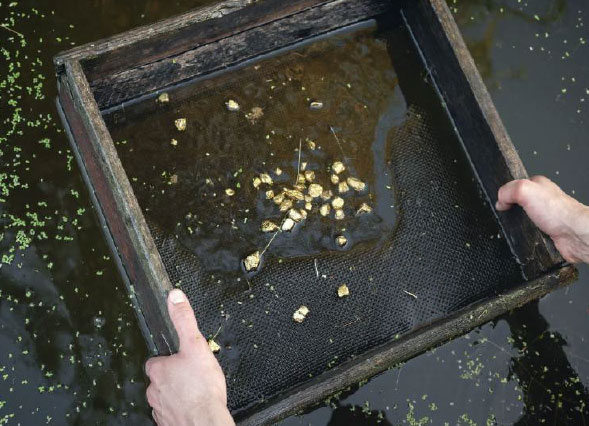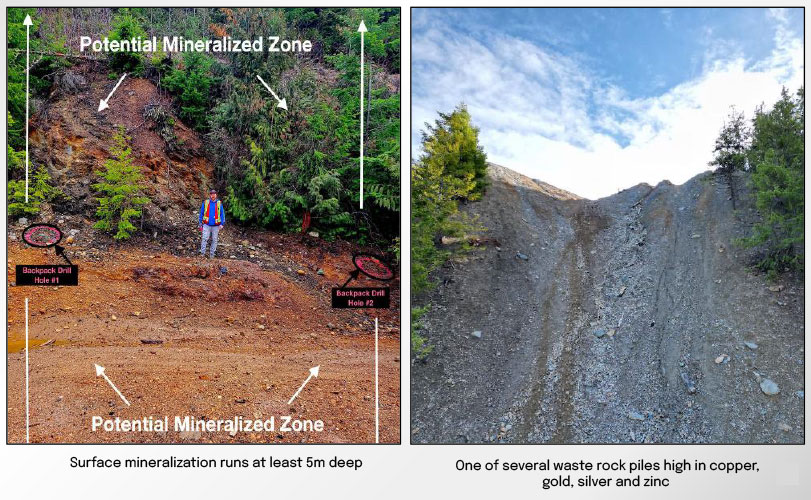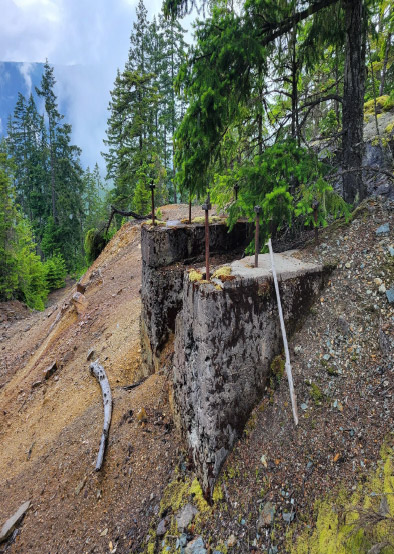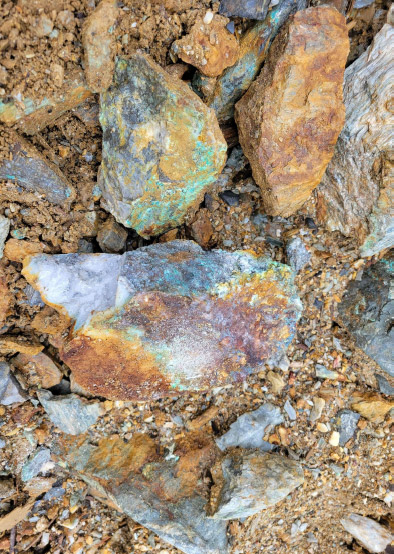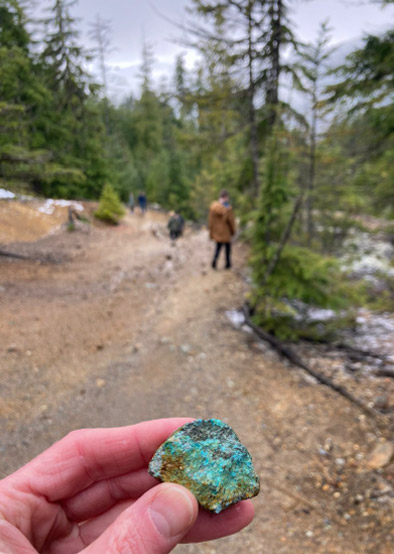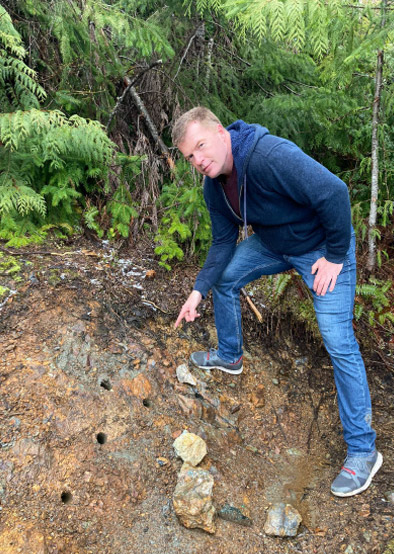Mount Sicker: copper, gold, silver, zinc prospect near Duncan, BC
HIGHLIGHTS
- Listed in September 2022 (CSE: SASQ), just over 23 million shares issued and outstanding, sufficient capital to complete exploration plans to 2024
- Mt. Sicker, located near Duncan, BC, area owned or optioned by Sasquatch is over 1,800 hectares – prospective for copper, gold, silver and zinc, among other minerals
- Mt. Sicker is the former site of at least 4 producing mines
- Extensive review of new and historical information leads to decision to focus on small-scale processing opportunities including waste rock and at or near surface mineralization
- LiDAR Survey completed and geophysical data acquired summer 2022, additional sampling, mapping and backpack drilling completed 2022 and 2023
- Waste rock study completed by Tetra Tech Canada in 2023, showing positive economic potential for processing of waste rock at Mt. Sicker
MOUNT SICKER WORK COMPLETED
- Extensive geological mapping conducted throughout the property
- Old sampling programs compiled and combined with recent work
- NI 43-101 compliant “Technical Report for the Mount Sicker Project” dated May 15, 2022 was completed and is available on sedarplus.ca*
- Previously flown geophysical data located and acquired, LiDAR survey completed
- Technical Report indicates Mt. Sicker has similar rock and mineralization type to nearby Myra Falls Mine, which has produced for over 50 years
- Tetra Tech Canada completes preliminary evaluation of waste rock at Mt. Sicker in 2023 concluding positive economic potential
.
*This Technical Report is based upon a larger property area which has been reduced.
See press release dated 2023/10/03
HISTORY
- Historical information accessible online about previous operations on Mt. Sicker, including Lenora, Richard III, Tyee, Victoria and Twin J, all located within our current claim boundaries
- Significant historical production prior to 1909, with several hundred thousand tonnes at economic grades of copper and gold
- Additional mining occurred 1935-1953, and non-43-101 compliant resources are discussed in various publications
NEW FOCUS
- In the summer of 2023, Sasquatch completed a comprehensive review of new and historical data including a number of historical drill holes
- It was determined that the best prospects at Mt. Sicker are in (1) waste rock and (2) surface mineralization within the Historic Mining Zone
- In October 2023, Sasquatch dropped a number of claims now considered unimportant in light of the above
TETRA TECH CANADA REPORT
- In the summer of 2023, Sasquatch hired Tetra Tech Canada to complete a site visit and preliminary evaluation surrounding waste rock potential at Mt. Sicker
- The report determined that small-scale processing of waste rock could be profitable
- In finding potential profitability, the report was focused exclusively on waste rock processing and did not include high grade mineralization in ore at surface
- Please see this video for more information about waste rock at Mt. Sicker
BACKPACK DRILLING
- Among waste rock within the Historic Mining Zone, Sasquatch has encountered high mineralization at surface
- Several backpack holes have been drilled with very encouraging results
- All holes encountered mineralization top to bottom, including one six meter hole returning 8.32 to 11.25 g/t gold, 4.19 to 9.55% copper, 98.8 to 142 g/t silver and 2.57 to 6.77% zinc (see press release dated May 1, 2023)
- Areas of high mineralization at surface may add significantly to the economics of small-scale waste rock processing
- Ground geophysical surveys are being conducted to better understand how much surface mineralization might be available
PERMITTING
- Permitting is always a significant challenge for junior mining projects and some would argue especially on Vancouver Island
- However, in the case of Mt. Sicker, there is already extensive evidence of past mining activity (at least four operations between 1895 and 1945)
- This creates a potential reclamation opportunity for Sasquatch
- By focusing on waste rock processing and high-grade surface mineralization only, with a reclamation component, we believe the chances of successful permitting are maximized
(Not so) SMALL-SCALE PROCESSING
- Even as a “small-scale” operation, there is a significant amount of copper, gold, silver, and/or zinc to potentially be processed at Mt. Sicker
- Historic estimates suggest 300,000 tonnes or more of waste rock – with waste rock samples returning a range of values, but as high as 20.1 g/t Au, 4.7% Cu, and 9.8% Zn (see press release dated January 18, 2023)
- Moreover, Sasquatch is continuing to evaluate the extent of “easy access” surface mineralization in and around the waste rock, which would add further processing material
EXPLORATION PLANS
- Better define volume of waste rock in Historic Mining Zone
- Better define average mineralization for copper, gold, silver, and zinc in waste rock
- Continue to define and verify surface mineralization at Lenora using backpack drill
- Continue to define and verify extent of surface mineralization at Lenora using geophysics
- Explore potential small-scale processing permit options
BOARD OF DIRECTORS & MANAGEMENT
-
Peter Smith Director & CEO
30 years pubco experience, Cambridge grad, Supreme Court Clerk, Lawyer, co-founder Less Mess Storage ($400m CAD value).
-
Thomas Lamb Independent Director
30 years pubco experience, Lawyer, LBS grad, co-founder Gold Group and M2 Cobalt, former Jervois executive, 20 plus years mining exp.
-
Justin Deveault Director and VP
Assembled current land package at Mt. Sicker, founder of Mining 911, decades experience in prospecting, intimately knows Mt. Sicker
-
Fred Bonner Chief Geologist
P. Geo, Fellow of Geoscientists Canada, Fellow of the Society of Economic Geologists, 22 years with Nova Scotia Gov

